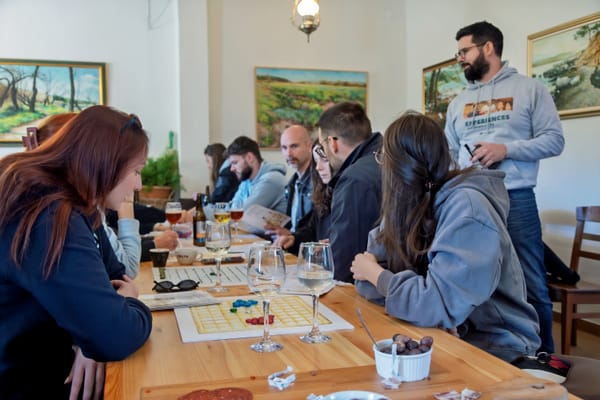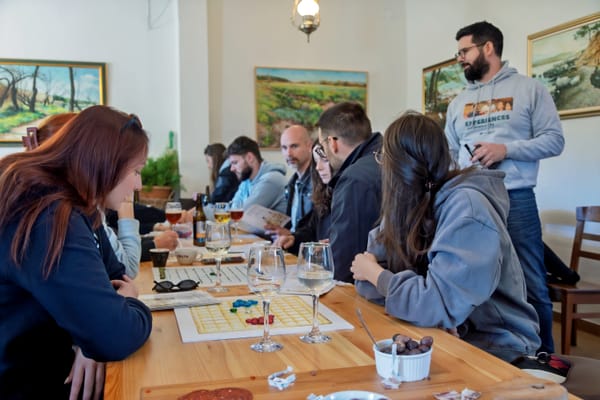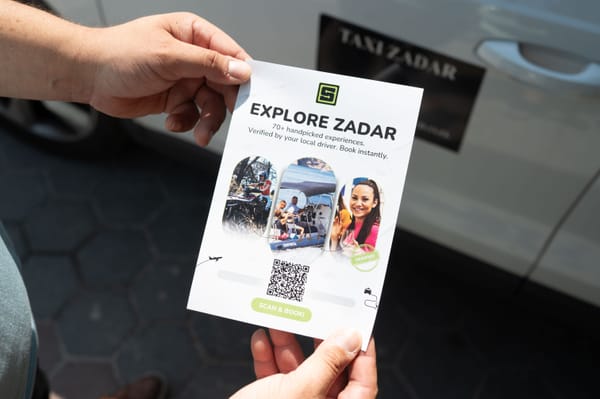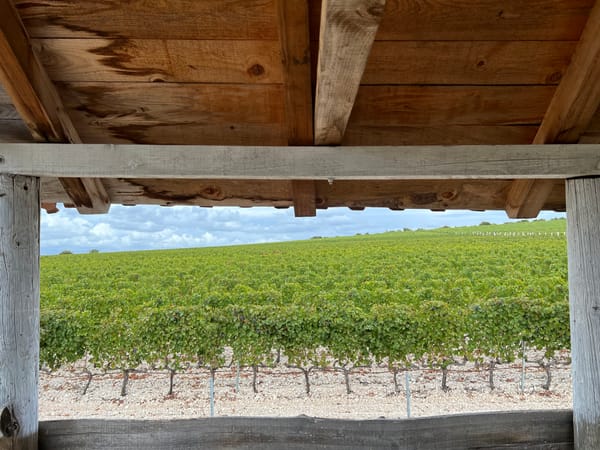Seven Hidden Regions in Croatia Every Explorer Should Visit
Hidden regions in Croatia offer quiet authenticity. This means stone hamlets beneath wooded hills, clear rivers carving through karst, and skies where stars still shine bright. Far from bus routes and large hotels, these landscapes reward patience and respect with unspoiled beauty. Enjoy it truly.
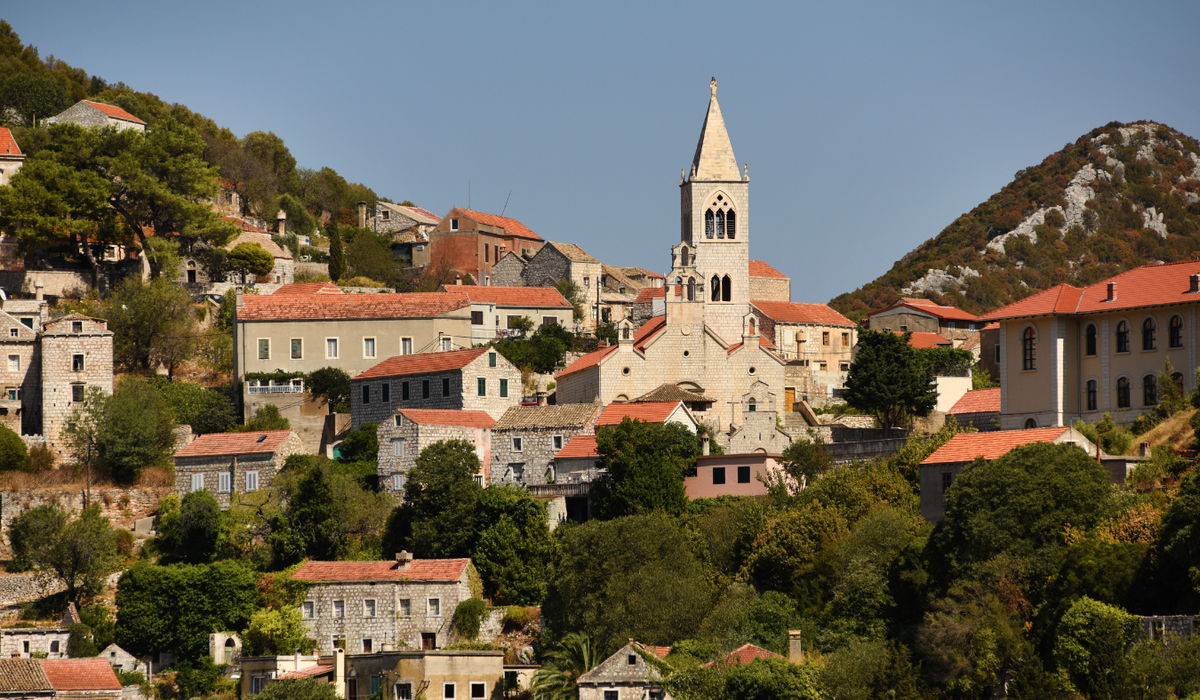
Travelers who want to escape the crowds often look for hidden regions in Croatia. These places feel authentic, quiet, and visually rich. Ancient stone hamlets sit under forested hills, and clear rivers carve karst valleys. Photography comes easy, yet local life sets the pace.
Crowds thin fast once the highway fades. With a small car, an offline map, and time for detours, they can step into landscapes that still run on village rhythms. In return, patience, respect, and light footprints go a long way.
Hidden Regions in Croatia: Where to Find Untouched Gems
What Counts as 'Hidden' for Travelers and Photographers?
In practice, hidden means places with low visitor numbers, small-scale lodging, and limited bus links. Trails may be unmarked or only locally known. Light pollution is minimal, so nights feel darker and stars brighter.
However, hidden never means off-limits. Some valleys fall inside protected zones, and rules matter. Consequently, they should check access, stick to paths, and avoid fragile spots. These sensitive habitats recover slowly, especially in wetlands and karst fields.
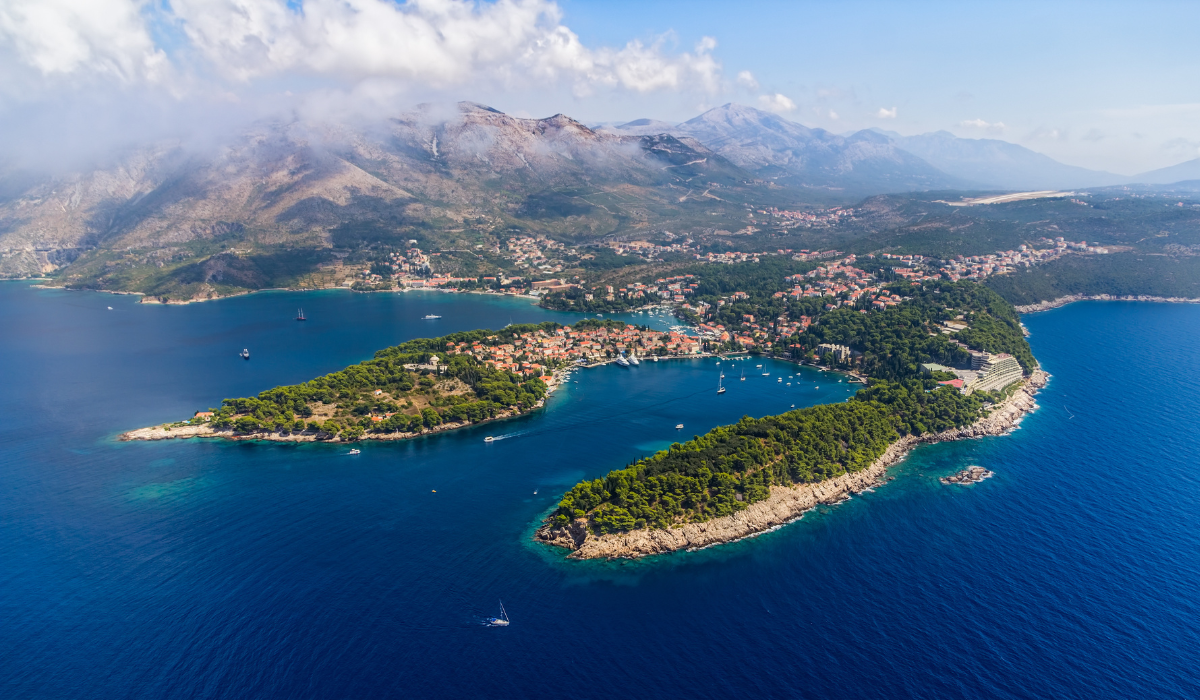
How to Choose Your Base and Build a Realistic Itinerary
Short travel days beat long marathons. The Zagreb area works well for the Žumberak–Samobor Hills. Rijeka is a smart launchpad for Gorski Kotar. Gospić or Korenica fits Lika’s plateaus, while Osijek supports a Baranja loop.
Near Dubrovnik, Cavtat reduces traffic before reaching Konavle. For Lastovo, plan a night in Split or Korčula to simplify ferry timing. Additionally, group locations by terrain, not by map distance. Mountain roads and border crossings often slow a day more than expected.
Best Seasons and Weather Windows by Region
Spring brings green slopes and wildflowers, plus reliable temperatures for hiking. Autumn delivers clear air and grape harvests. Summer offers long days, yet storms can fire up over mountains in late afternoon.
Gorski Kotar and Lika stay cooler than the coast. In contrast, Baranja warms early and suits shoulder-season birding. For Lastovo, late May to June and September to early October deliver calm seas and softer light. These weather windows matter across hidden regions in Croatia.
Seven Offbeat Regions to Add to Your Map
Žumberak–Samobor Hills (Central Croatia)
Steep chestnut woods, old stone chapels, and ridge paths define this upland west of Zagreb. The Žumberak–Samobor Nature Park protects dry meadows that glow with orchids in spring.
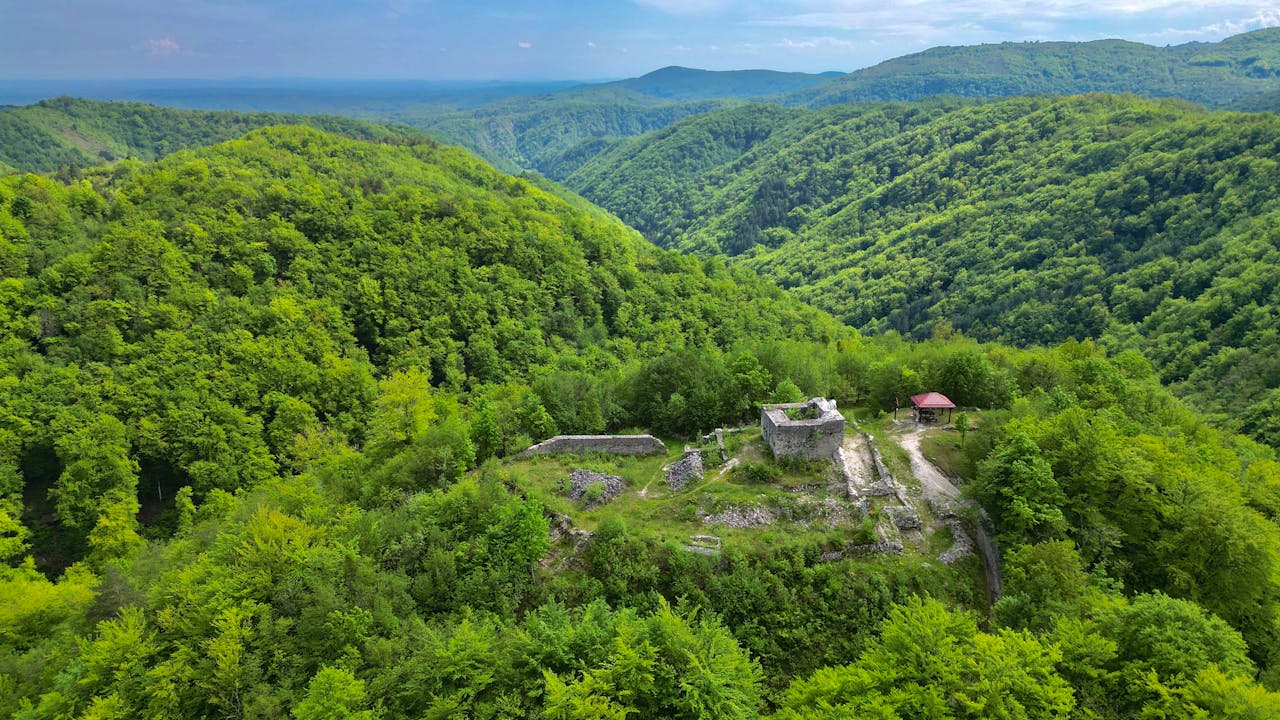
Waterfalls swell after rain, but trails get slick. Therefore, sturdy shoes help. Sunset views near Oštrc reward anyone who keeps an eye on the horizon.
Gorski Kotar’s Forest Corridor
Between Rijeka and Karlovac, deep forests hide wolves, lynx, and emerald rivers. Canyons like Kamačnik run narrow and cold, while peaks such as Risnjak catch sudden fog.
Morning mist over meadows feels cinematic. Still, mountain weather shifts fast. Layers and a headlamp turn a good idea into a safe plan. This is one of the true hidden regions in Croatia for hikers.
And you know what the true golden experience of this region is? Bear watching. Hunt for the perfect photo of bears in their natural habitat of untouched Gorski Kotar woods. For all of you thrill and wildlife lovers, this is a perfect chance to feel the nature deeply.
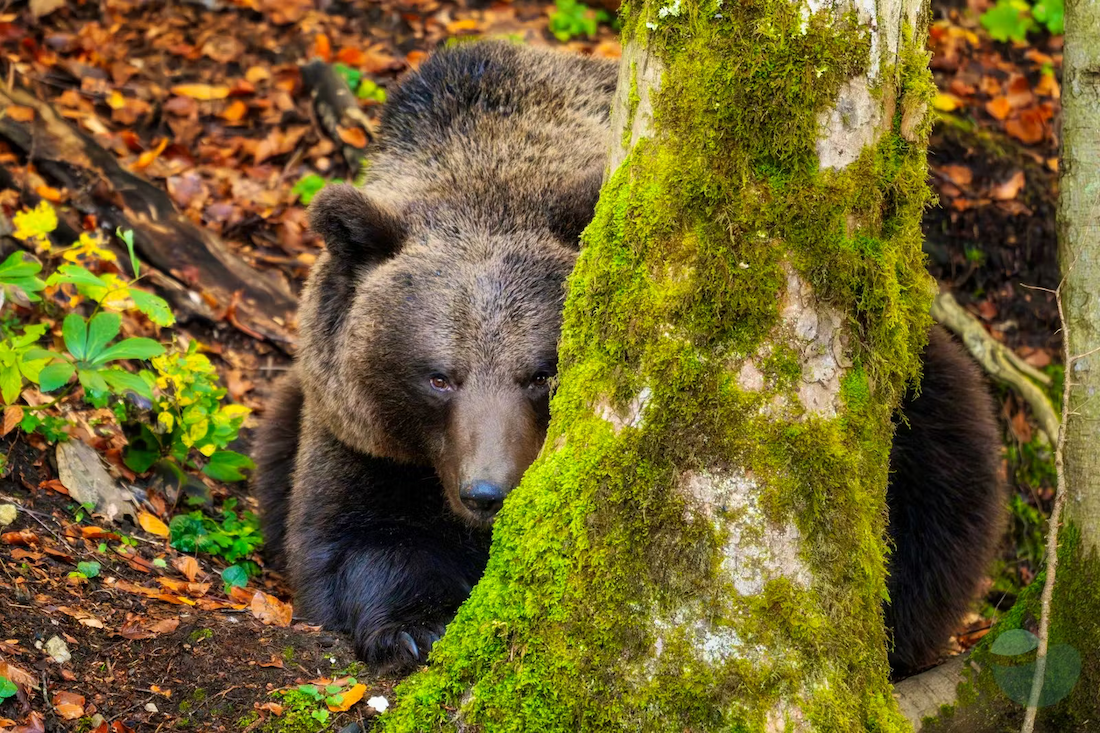
Lika’s Karst Plateaus and Caves
Vast sinkholes, wind-bent pines, and dry-stone walls give Lika a frontier feel. Caves cut the limestone, and fields open to long sky views. Nearby highlights include famed national parks, yet quiet lanes sit minutes away.
Because distances are large, fuel up before exploring. Photography improves toward evening when shadows shape the karst.
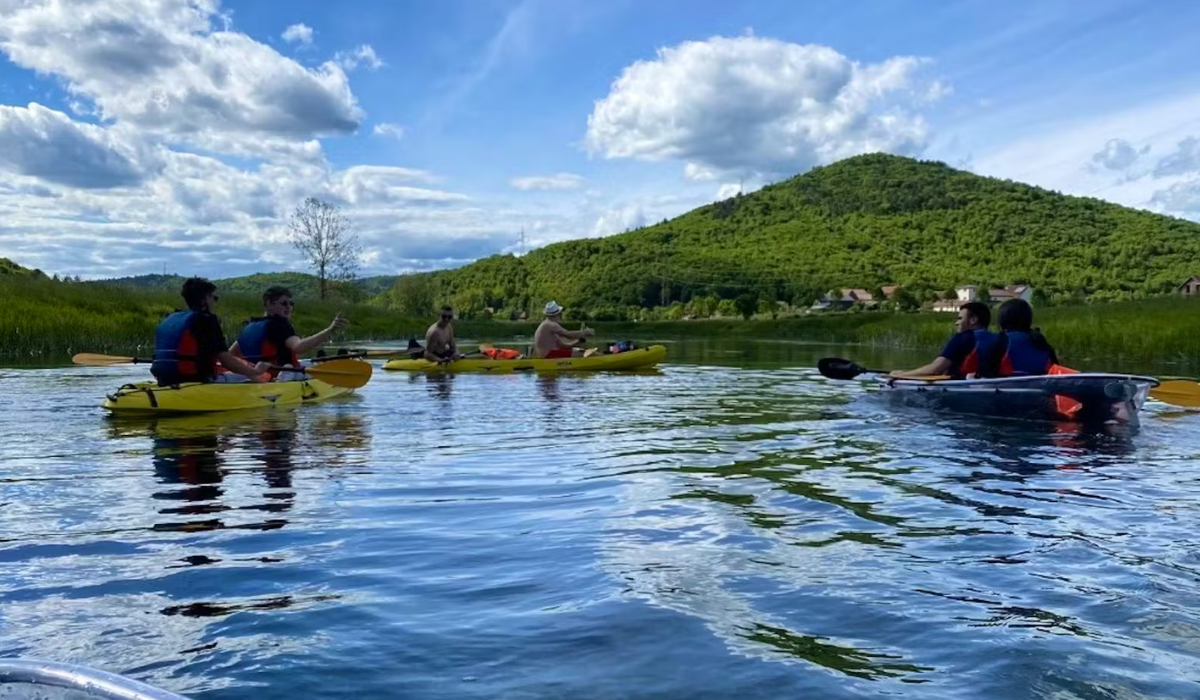
And beyond the karst and winding lanes, kayaking the Gacka River opens a window into Lika’s hidden soul - crystal waters, wooden mills, and serene landscapes that have remained unchanged for centuries.
Bilogora and Moslavina Wine Slopes
Low, rounded hills plant tidy vineyard lines that catch gold light. Cellars pour native varieties, and farm lunches keep things simple. Dirt tracks run between orchards and chapels, so small detours often reveal the best angles.
Harvest season brings energy and color. As always, book ahead if tasting rooms are tiny.
Baranja Wetlands and Villages
North of the Drava and Danube, straw-roof houses and stork nests set the tone. Reeds rustle, and mirror-still channels reflect willows. Much of the area touches Kopački Rit Nature Park, a major European wetland and bird haven.
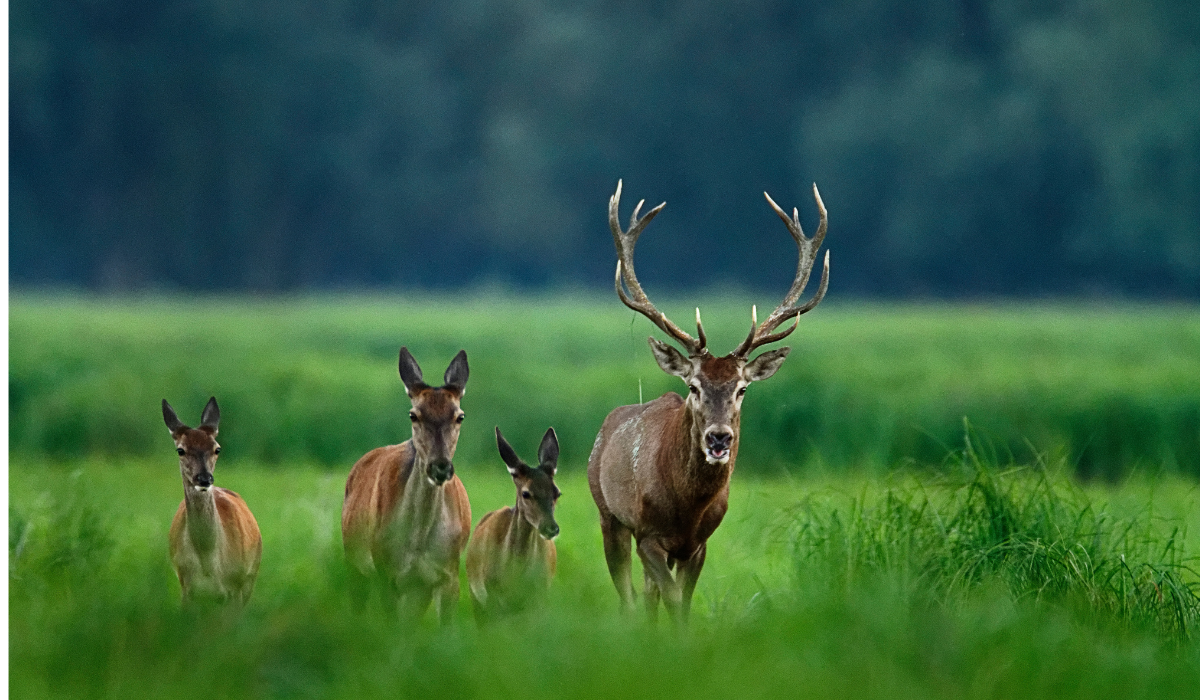
Early mornings are ideal. Consequently, boats and hides see more activity at dawn than at noon.
Konavle Hinterland Beyond Dubrovnik
Beyond the coastal gloss, stone mills, dry fields, and cypress rows shape a quieter world. Traditional embroidery and slow meals anchor local culture. For context-rich visits, culture trips in Dubrovnik add history that ties the valley together.
Roads are narrow. Therefore, parking smart and walking the last stretch often saves time.
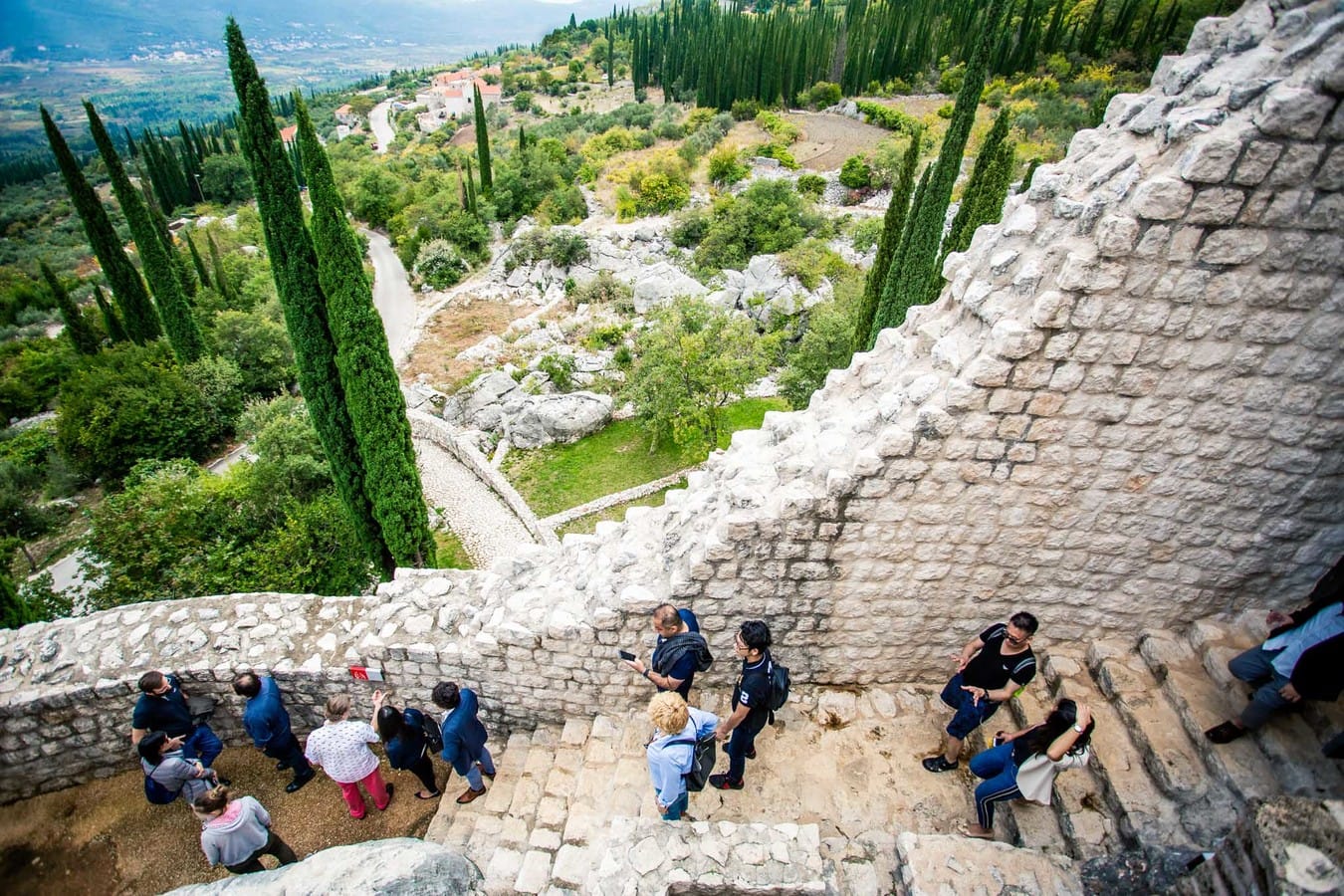
Lastovo Archipelago’s Quiet Corners
This far-flung island group rewards careful timing with empty coves and olive terraces. Night skies feel almost untouched. Boat rides reach hidden inlets that would take hours on foot.
For easy access to coves, consider boat tours in Croatia. The Lastovo Nature Park sets clear rules on anchoring and wildlife, which helps keep the archipelago pristine. Among all hidden regions in Croatia, this one stays quiet even in summer.
Signature Trails, Viewpoints, and Local Foods
- Oštrc ridge above Ruda, Žumberak, for layered horizons.
- Kamačnik gorge boardwalks in Gorski Kotar for cool river scenes.
- Velebit foothill lookouts near Baške Oštarije for stark karst forms.
- Wine roads of Moslavina for gentle vineyard light and autumn color.
- Stork villages in Baranja for low-speed rural photography.
- Konavle mills by the Ljuta River for shaded riverbanks and stone textures.
- Lastovo’s Hum viewpoint for sunset over terraced slopes.
Practical Tips for Responsible Exploration
Getting Around: Car, Bus, or Bike?
A small car opens the most backroads and trailheads. Buses link major towns, yet connections thin out on weekends. Bikes work on Bilogora’s softer hills, while ferries make Lastovo trips realistic.
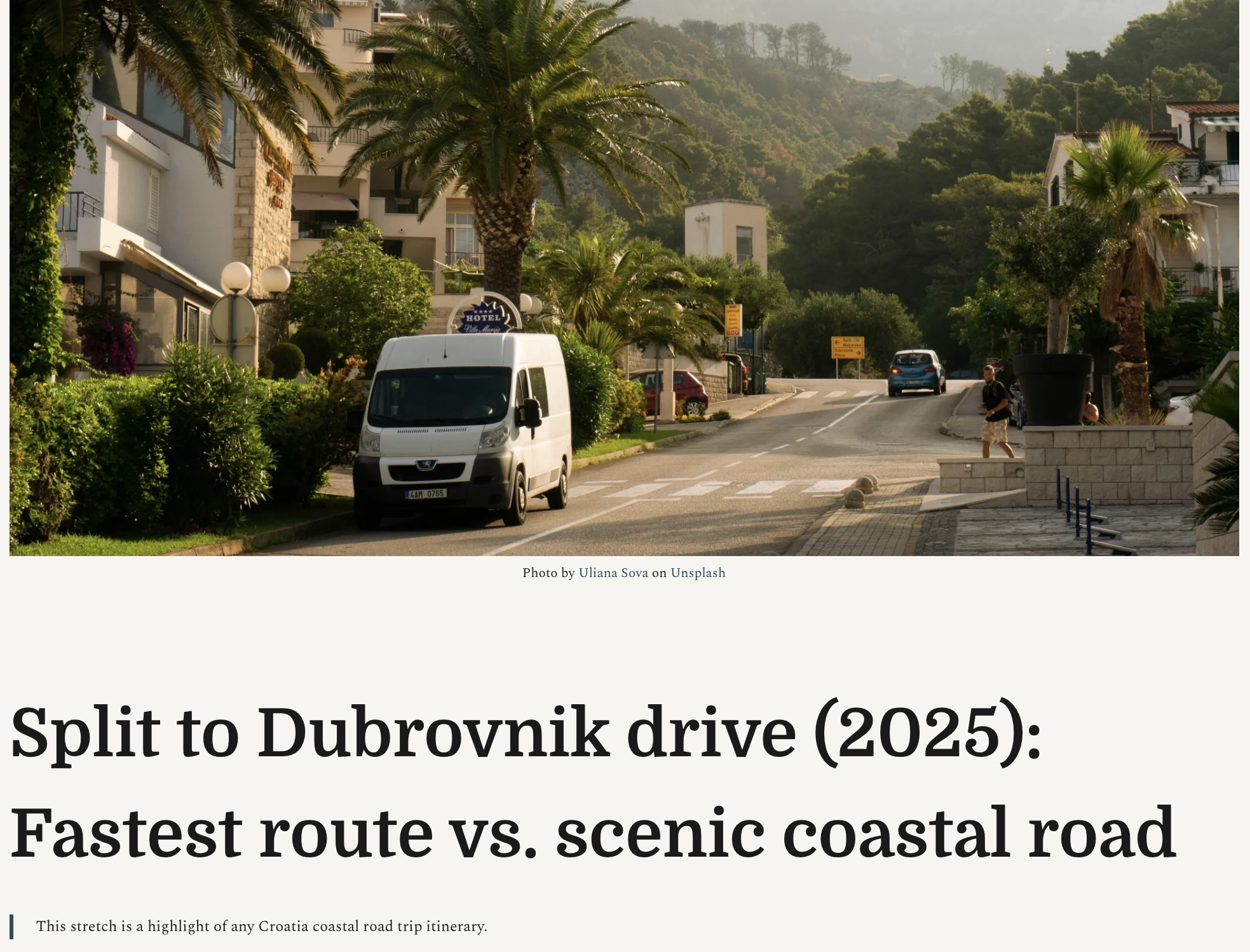
Plan refueling and water stops. Additionally, share the road with tractors and cyclists.
Navigation, Permits, and Safety Basics
Download offline maps before leaving town. Some trails switch names or waymarks at village borders. In caves and gorges, rockfall is real, and spring snowmelt can raise water quickly.
Park regulations vary. Therefore, buy tickets where required, skip drones in no-fly zones, and watch for adders and ticks in tall grass.
Sustainability and Community Respect
Locally owned stays keep money nearby, and farm lunches reduce waste. Ask before photographing people or private land. Moreover, quiet behavior and clean campsites build trust.
Leave artifacts where they are. Also, recycle or pack out everything you bring.
Leave No Trace Packing Checklist
- 2 liters of water and a backup bottle
- Lightweight layers and rain shell
- Headlamp and spare batteries
- Paper map or printed QR codes
- Portable power bank
- Basic first aid and blister care
- Insect repellent and sun protection
Working with Local Guides and Parks
Regional guides know the unmarked paths and seasonal closures. Joining local tours and excursions supports training, safety, and stewardship. Additionally, park visitor centers often show current trail conditions that apps miss.
A guide can also translate rural etiquette, which keeps encounters friendly.
Conclusion
Hidden regions in Croatia reward those who slow down, plan for weather, and respect local rhythms. The payoff shows up in quiet photos, honest meals, and clean trailheads. With a flexible base, simple gear, and good manners, travelers leave light footprints and take home clear memories.
These places are not hard to reach, but they ask for care. In the end, that care keeps the map full of surprises.


